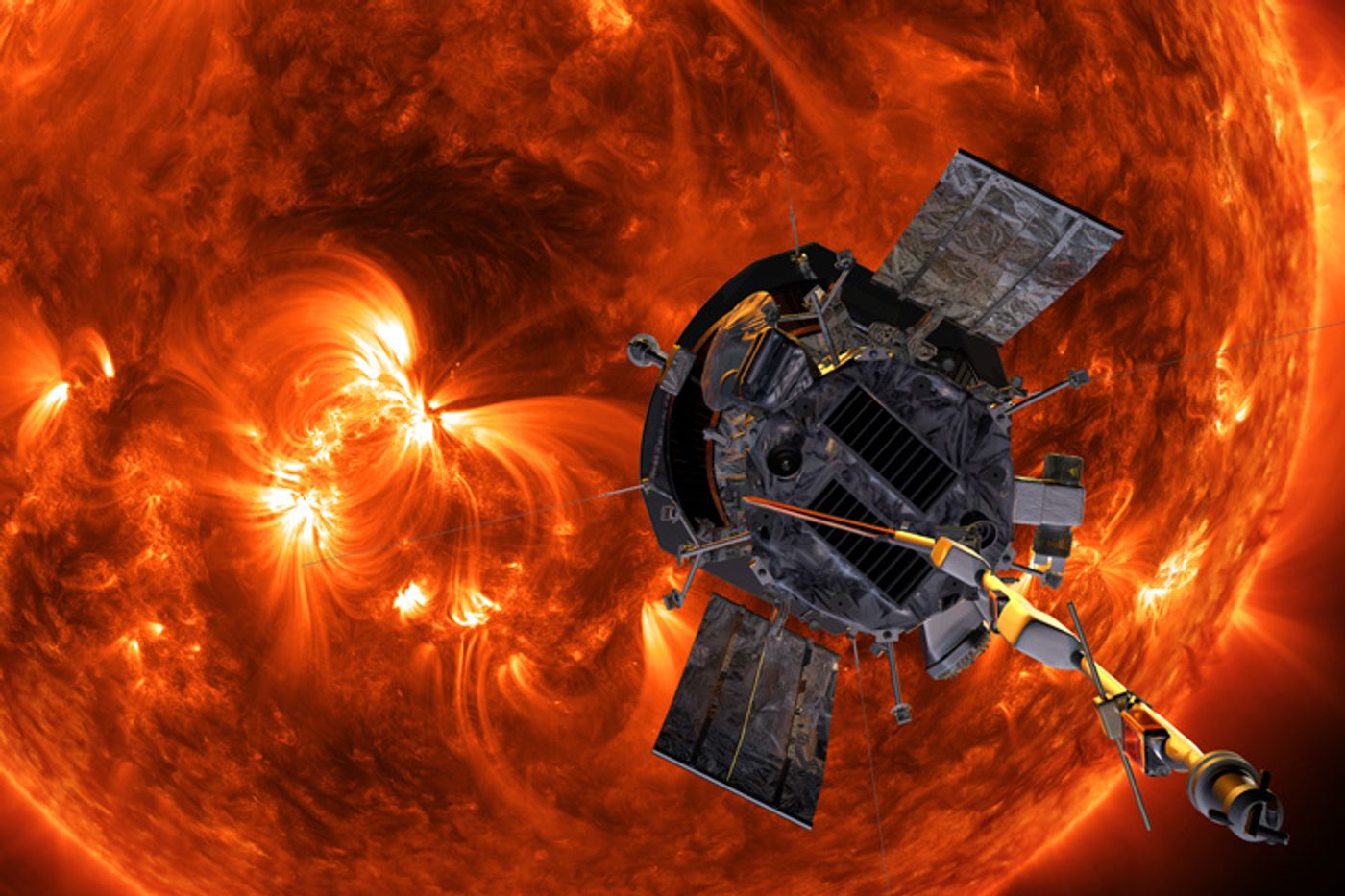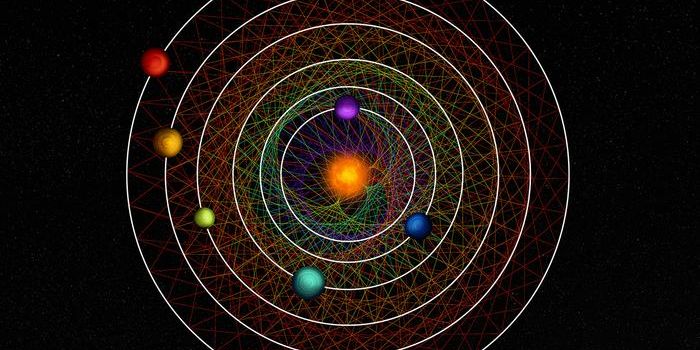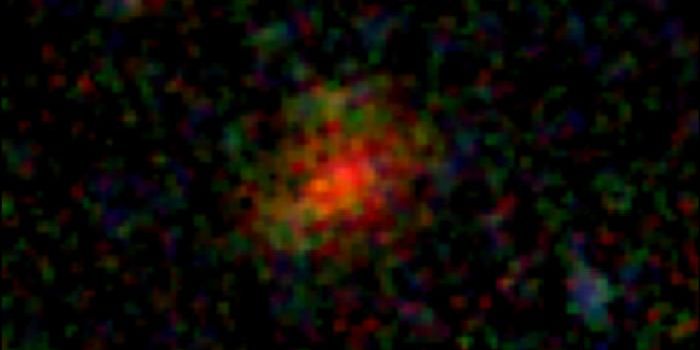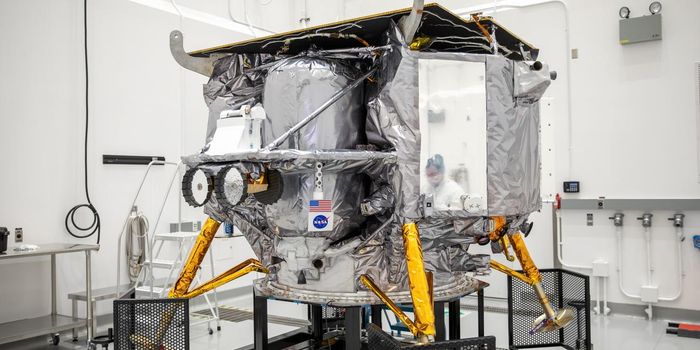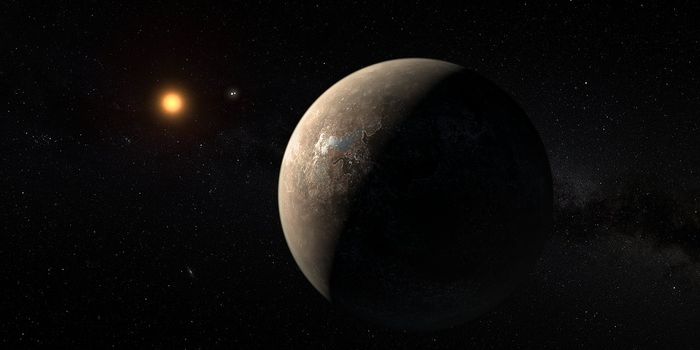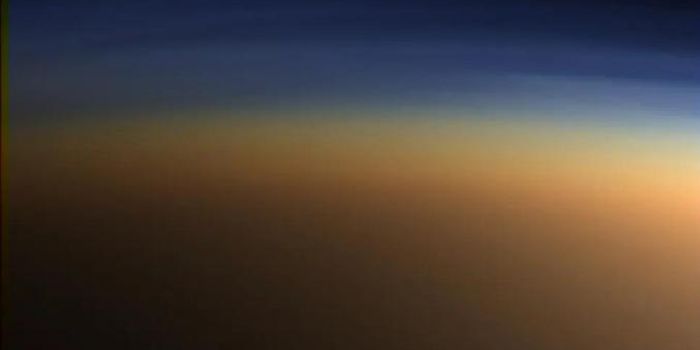NASA's Parker Solar Probe Takes Direct Hit from Solar Wind Blast, Detects Surface Origin
Where does the solar wind originate from the Sun? This is what a recent study published in Nature hopes to answer as a team of researchers analyze data from NASA’s Parker Solar Probe (PSP) mission exploring our Sun after it got within 12 solar radii from the Sun’s surface, or approximately 5.2 million miles, and took a direct hit from a solar wind blast. This resulted in the spacecraft detecting the Sun’s surface origin of the blast, which is often very difficult to detect once the solar wind escapes the Sun’s corona.

Animation displaying NASA's Parker Solar Probe getting blasted by the solar wind that was used for this study. (Credit: NASA GSFC/CIL/Brian Monroe)
For context, when a showerhead is active, trying to find the exact hole a specific jet of water is coming from is difficult when looking at it from afar. Observing it up-close is the only way, but the tradeoff is you get directly blasted in the face by the water jets.
A primary mission for PSP is helping scientists better understand space weather, which, while often putting on a beautiful aurora display at Earth’s northernmost and southernmost latitudes, can cause devastation for satellites and ground stations on Earth. Knowing where solar winds originate will help scientists better predict solar weather, which could lead to advanced warning of an incoming solar storm on Earth or in low Earth orbit.
“Winds carry lots of information from the sun to Earth, so understanding the mechanism behind the sun’s wind is important for practical reasons on Earth,” said Dr. James Drake, who is a Distinguished University Professor in the Department of Physics at the University of Maryland-College Park, and a co-author on the study. “That’s going to affect our ability to understand how the sun releases energy and drives geomagnetic storms, which are a threat to our communication networks.”
Using the showerhead analogy, the study’s findings indicate that the coronal holes of the Sun act like showerheads that interact with the Sun’s magnetic field lines that funnel both in and out of the Sun’s surface. The study claims that when opposed magnetic fields pass each other in these funnels, this causes the fields to break and reconnect, called magnetic reconnection, which results in charged particles, space weather, being discharged from the Sun.
Artist rendition of NASA's Parker Solar Probe spacecraft approaching and studying our Sun. (Credit: NASA)
"The big conclusion is that it's magnetic reconnection within these funnel structures that's providing the energy source of the fast solar wind," said Dr. Stuart D. Bale, who is a professor of physics at the University of California-Berkeley, and lead author of the study. "It doesn't just come from everywhere in a coronal hole, it's substructured within coronal holes to these supergranulation cells. It comes from these little bundles of magnetic energy that are associated with the convection flows. Our results, we think, are strong evidence that it's reconnection that's doing that."
Even with its heavy shielding, the closest PSP can get to the Sun is 8.8 solar radii, or approximately 4 million miles. Any closer and the spacecraft’s instruments will become severely damaged or fail completely. Dr. Bale hopes to solidify the study’s findings from this altitude, but the Sun is entering what’s known as solar maximum, meaning the amount of space weather it gives off becomes more haywire, which could make future data unclear.
The PSP mission is currently scheduled to run another three years, and what new discoveries will it make about our Sun and space weather during that time? Only time will tell, and this is why we science!
Sources: Nature, NASA, SciTechDaily, NASA (1), NASA (2), Berkeley News, Aurora Zone
As always, keep doing science & keep looking up!
-
APR 30, 2024Immuno-Oncology Virtual Event Series 2024
-
MAY 07, 20243rd International Biosecurity Virtual Symposium
-
JUN 06, 2024The Future of Scientific Conferencing
- See More
